Romans' Wisdom in Architecture
Ancient Romans were outstanding architects and builders.
They experimented extensively with lime, developing different plaster mixes according to their needs.
These lime mixes didn’t only perform well, they also lasted and preserved the building fabric for centuries.

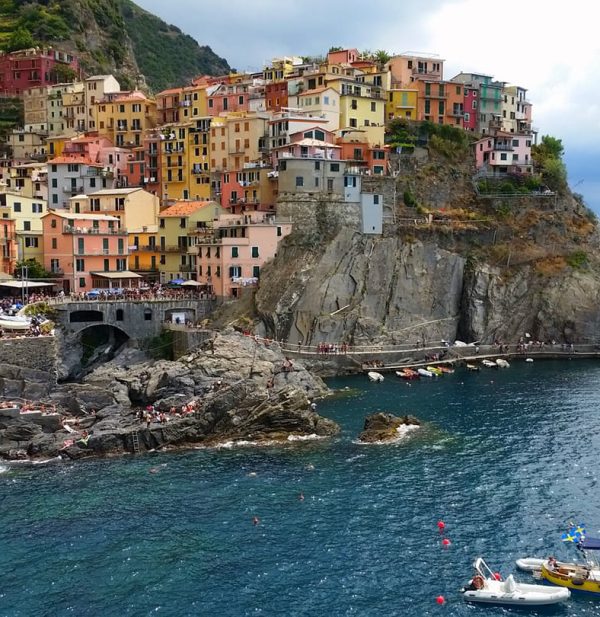
The town Pozzouli is located near volcano Vesuvius. Locals noticed that mixing volcanic soils and rock fragments into lime makes it set quicker and last longer on their buildings.
Marcus Vitruvius Polio, Roman architect and engineer (1st century BC), kept experimenting with this ingredient until:
– He found the right balance between the durability of his lime mix and gentleness to the building fabric
– He made lime water- and salt-resistant, while still breathable and porous.
– He could build HUGE and strong structures “for eternity”
These ingredients are called Roman Pozzolans, a basic ingredient of the Roman concrete technology (which was a science of mixing lime).
There is another frequently used ingredient of Roman lime technology: powdered bricks or terracotta (essentially clay shards). These ingredients are referred to as ‘Cocciopesto’ by today’s Italian Masters.
Adding either or both of the above to the original lime putty – sand mix, the product is a lime mortar, which is setting under water and further hardening when submerged.
Roman architecture used these mortars in demanding environments, such as sewers, sea ports, baths, aqueducts, many of which are still standing today.
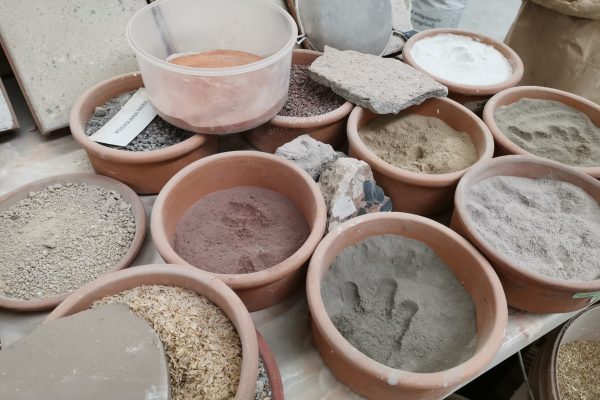
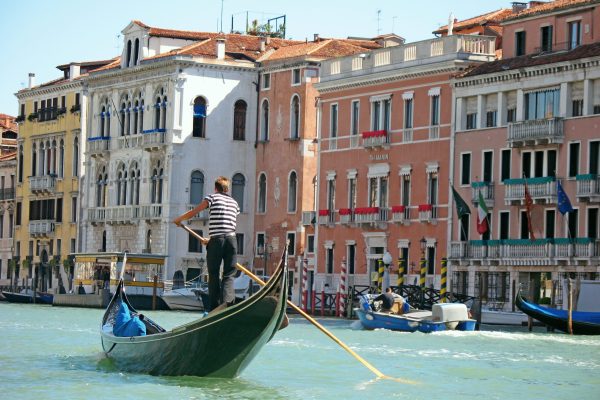
Roman’s Wisdom in Architecture has been recognised since a long time. Where there is an architectural challenge with no apparent solution, people keep going back to Roman roots: How did Romans do it?
A great example of Roman’s contribution to preserving our architectural heritage is found in The City of Venice.
Venetians have been using a Roman lime plastering method since brick buildings exist in Venice (about 1000 AD), to protect the facade from sea spray and the related salt damage: a brick dust-lime plaster (Cocciopesto) has been used, with a mix of soap and oil worked into the pores of the plaster.
It made the masonry water repellent and minimised salt damage to the building fabric.
The Slow Decay of Lime Technology
How and Why
The traditional ingredients haven’t always been easily available. Thus – unfortunately – the original formula was altered around the 1500s-1600s, adding clay instead, up to 20% and the burning temperature increased to 1200C, sacrificing porosity.
Lime’s porosity is ca. 52% if fired at 900C, but only 10% at 1300C.
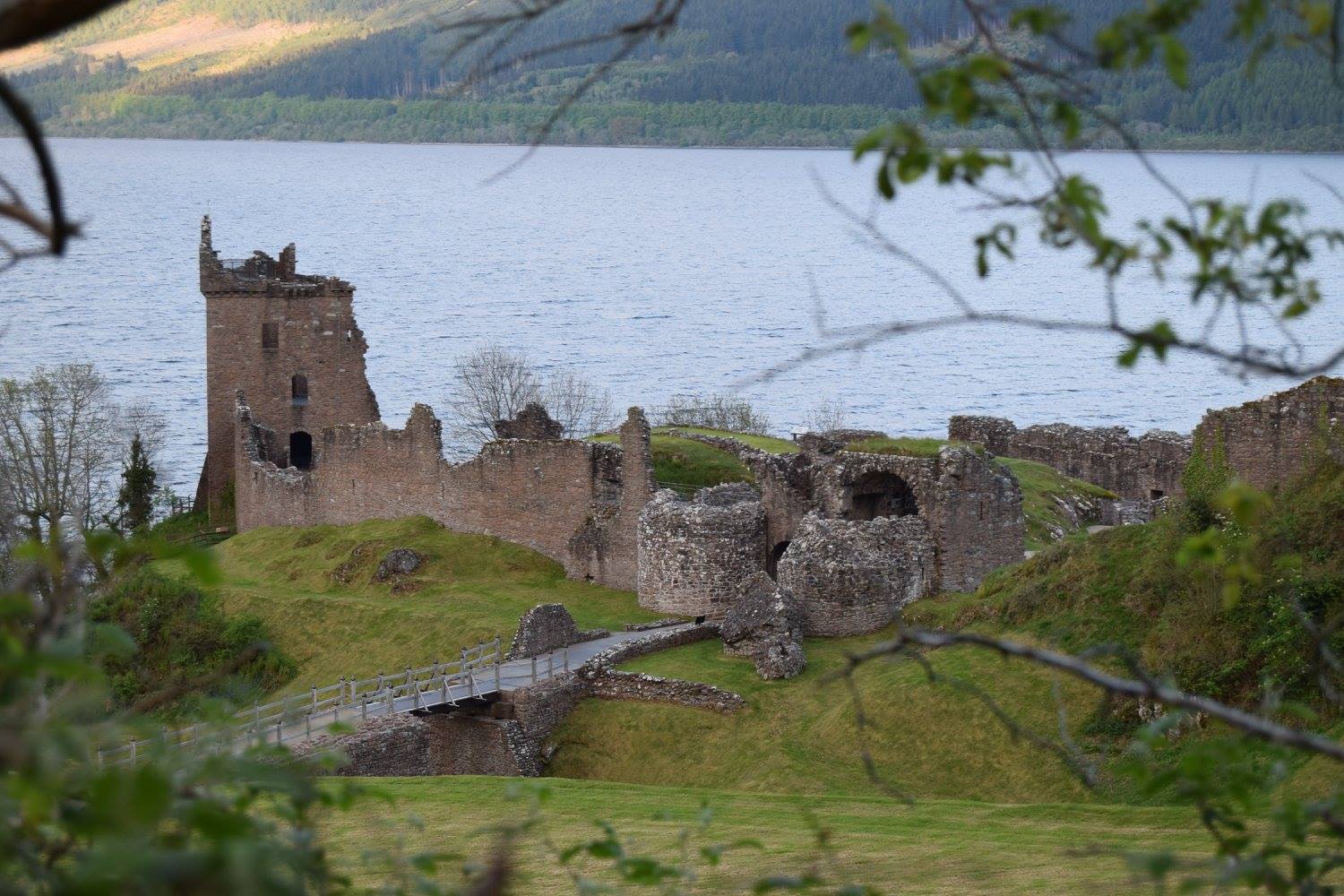
Mass Production
The latter is called Natural Hydraulic Lime (NHL) these days and unfortunately it has pretty much replaced the original mix since John Smeaton started mass production in 1750.
Man kept experimenting with firing lime stone at higher and higher temperatures, being thrilled about reaching a more and more solid building material. At 1450C the resulting product was cement, which almost completely lost its vapour permeability and has become simply too rigid for use in old buildings. By 1920 cement replaced lime.
Due to cement’s rigid nature, natural movements, temperature and humidity variations bring about cracks and/or separation from the old walls.
The building professionals of Core Conservation strongly advise against using cement in old buildings which were built and/or plastered with lime. Their use should be limited to floors, and any other work be carried out using lime.
For more interesting information about the evolution of building materials visit our ‘How are we different’ site, below
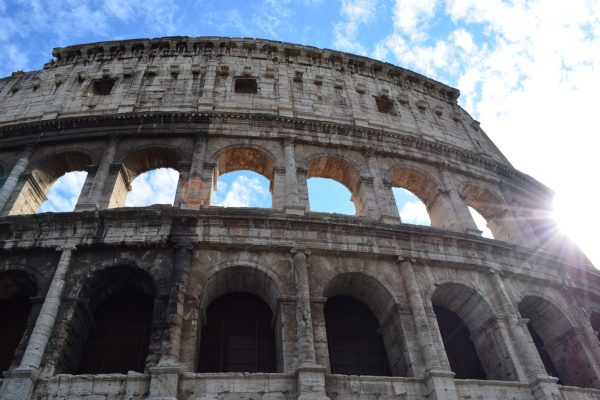
Ancient Roman vs. Modern Concrete
What’s the difference?
Vitruvius ancient Roman architect mentioned these recipes over 2000 years ago, in ‘The Ten Books on Architecture’.
He turned lime putty into an incredible building material by adding volcanic Pozzolans, Cocciopesto and sand. We refer to this material as “Roman Concrete”, however it was not what we think is “concrete” today.
Even The Colosseum was built from stone and a lime mix using volcanic Pozzolans, with the main purpose of creating a durable structure that would duly represent the power of Caesars for eternity. Well, Colosseum certainly passed the test of time.
On Core Conservation’s YouTube channel we will constantly provide case study videos about how these ancient building materials perform in modern days’ England.
See more videos here:
